Sailing School
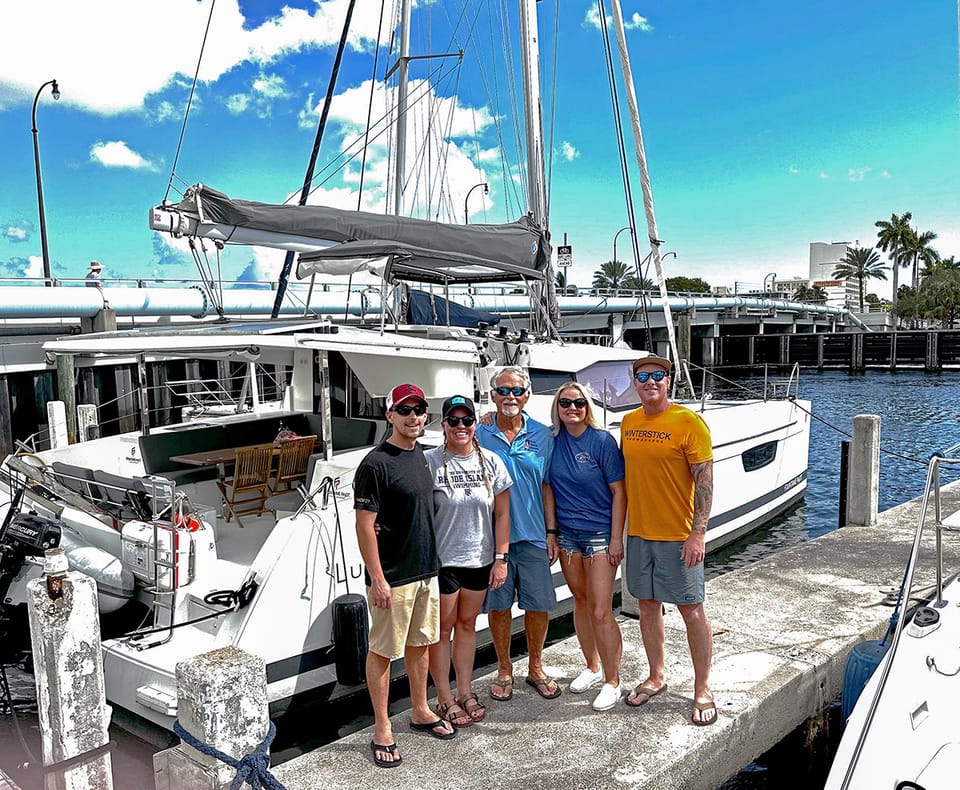
Let me start by saying that signing up for sailing school was the best thing we could have possibly done. The boat was a 2020 Fountaine Pajot Lucia 40 charter version. Our fellow students were an awesome couple from Maine. We quickly discovered how much we have in common, despite being of different ages and places in our life.
In summary, sailing school learned taught us a number of great lessons:
- Push yourself out of your comfort zone. If it’s scary, keep going. The feelings of pride and accomplishment is worth it!
- People are inherently good. While we got especially lucky with our crew, the community of boat people is special.
- When you do the same thing day in and day out, your brain compresses time together. When you create unique experiences, time expands. Seven days on this boat felt like a month because of the new memories we were creating.
- Life on a boat is smaller and slower. You quickly forget about the outside world and focus on the tasks at hand.
If you’re interested in learning about the structure of the class and experience, keep reading.
Day one: Introductions
When we arrived at the marina, we met our captain, boarded the boat and started to get settled in. The rest of our crew arrived shortly after us. After a quick round of introductions, we sat down to plan our meals for the week and the captain gave us homework to do while he ran to the grocery store. We had to locate all safety equipment on the boat as well has the posted safety placards.
The captain returned and we organized all of our food on the boat. Because the first night is spent at the marina, the five of us elected to walk across the street to an Italian restaurant for dinner.
Day two: Ready or not…
Our captain organized each day with “classroom” work beginning at 9 a.m. Classroom work on the first full day of class consisted of showing our captain we could tie all the knots we learned about in the book. We each showed off a bowline, clove hitch, rolling hitch, figure 8 and square knot.
On test days, we took our exams first think in the morning. Luckily there was no test on day two so our captain went over the plan for the day, which was to leave the dock, head out the Fort Lauderdale inlet, sail south to the entrance of Biscayne Bay and anchor in a small residential cove for the night.
And, I was on the helm first. Our captain did a great job of rotating us all through every job on the boat but I was the first one tasked with driving. I had to maneuver through two drawbridge openings and lots of weekend ICW boat traffic.
As we reached the inlet, it was clear that we were in for a rough ride. The seas were 5-6 ft. with much larger occasional rollers. Outside of the inlet, I turned into the wind so the crew could raise the mainsail and then unfurl the genoa. We cruised along at a beam reach for most of the day and made excellent time.
When my turn at the helm was done, it was lunch time and I made the mistake of walking inside the salon, which instantly turned my stomach upside down. Luckily, nobody onboard actually got sick that day but I came close.
Long story short, we sailed the rest of the afternoon until we reached Biscayne Bay and found our anchorage. That night, Tom and I both agreed we definitely wouldn’t have gone out in those seas if we were alone or on our own boat. However, we felt accomplished that we did it and never felt unsafe handling the boat.
Each night we tried to be at our anchorage by 5 p.m. but it was typically closer to 6 p.m.
Day three: Tack, jibe, repeat
Before we set sail, we spent time maneuvering the boat in a narrow canal and practicing 180-degree turns. The goal was to get a better feel for driving under engine power. I felt much more confident after this exercise.
After all four of us successfully completed our turns in the canal, we headed out into the bay to sail. Each person took their turn at the helm while their spouse was in charge of lines.
We practiced all of the various points of sail. Each person tacked and jibed at least five times. We put those sailing gloves to good use. At 5 feet, 3 inches tall I quickly learned that my vertical challenges made moving the traveller extremely challenging.
By the end of the day, we were all exhausted. Luckily, it was burger night.
Day four: Exam jitters
As an adult, when is the last time you sat down and took a 100 question scantron exam? Yea, I couldn’t recall either…
The first three days of our trip built up our collective anticipation for our first exam, ASA 101: Basic Sailing. This book definitely had the most vocabulary to memorize but was not super complicated. We all took a big sigh of relief when we all aced the test. One down and three to go.
Classroom work on this morning consisted of plotting our courses for the day. The captain circled five waypoints on the map and had each of us determine the headings from point A to B to C, etc. We sailed from our protected anchorage at Key Biscayne, toward downtown Miami before tacking toward Boca Chita Key. We had much less wind on this day so we sailed along at about five knots for most of the day.
As we got closer to the island, the wind died and we motored into the small harbor to tie up for the night. I didn’t know Boca Chita until this day but it is definitely a place I would like to return. Breathtaking sunsets, sunrises and a cute lighthouse with a tragic history. We all stretched our legs and explored before the mosquitos came out for the night.
We spent a quiet evening having a study party at the salon table, eager to get another exam out of the way.
Day five: Welcome to Miami
We all woke up early and spent time sipping our coffee and studying on the beaches of Boca Chita. We all passed ASA 103: Basic Coastal Cruising but the anticipation for the day ahead only continued to build because we knew we had docking practice ahead of us.
It’s one thing to drive a 20,000 lbs. boat, but it’s another to carefully edge it up to a concrete seawall without damaging anything. We were pleasantly surprised that it was easier than we expected. With gentle coaching from our captain, we all took turns driving, throwing dock lines and placing fenders. We each practiced springing out the bow and stern of the boat, turning around in the small Boca Chita Harbor and docking again, and again.
While our heart rates were elevated, the boat came away without a scratch. We continued to gain confidence because of how easy it felt to maneuver the boat. To make things worse, we had a variety of onlookers, from other cruisers who spent the night in the harbor to a boat full of tourists who arrived to visit the lighthouse. Luckily there were no hecklers and we got rounds of applause from the cruisers, who seemed perfectly content to set up a chair, grab a snack and watch our progress.
After a quick lunch break, we plotted our course and started the sail back to Miami for our final night at anchorage. We had decent wind on this day and arrived at Miami Marine Stadium shortly before 5 p.m. It was a loud and crowded anchorage full of derelict boats. Let’s just say this was not our favorite spot.
Day six: Back to Fort Lauderdale
Before starting the journey back to Fort Lauderdale, we all conquered exam number three, ASA 114: Cruising Catamaran. Once again, everyone passed with flying colors.
After the test, our captain told us to get the anchor up and get us motoring out of the anchorage, while he went below deck to put on his sunscreen. This was clearly a test to see how we managed on our own.
The four of us talked through a plan to get out of the crowded anchorage safely. Tom was behind the helm and I was in charge of the windlass. We got the anchor up and carefully motored between all of the boats to the main channel. Tom drove us past all of the enormous container ships and out the Miami inlet. We ended up motor sailing for much of the journey home, despite our best efforts to tack.
Once inside the Fort Lauderdale inlet, we waited for our two bridge openings and stopped at the fuel dock to top off before returning to the marina. In six days of living on this boat, we used only six gallons of gas.
Once safely tied up back where we started, we all had ear-to-ear smiles. We cleaned ourselves up and walked across the street to share a final meal together. The glass of wine didn’t hurt either.
Day seven: Saying goodbye
Our captain said from the beginning that he was saving the hardest test for last, so we could do it from the dock. ASA 104: Bareboat Chartering includes practical navigation questions and course plotting. We were all nervous for this test because of how our captain talked it up. All of the worries were for nothing because we all did very well. However, I’m glad we spent so much time studying and quizzing each other the night before.
We got our ASA shirts, exchanged contact information with our new friends and said our goodbyes. In the car ride home, we couldn’t find the words to really describe this feeling.
How do we go back to normal life after that? We have to do this!
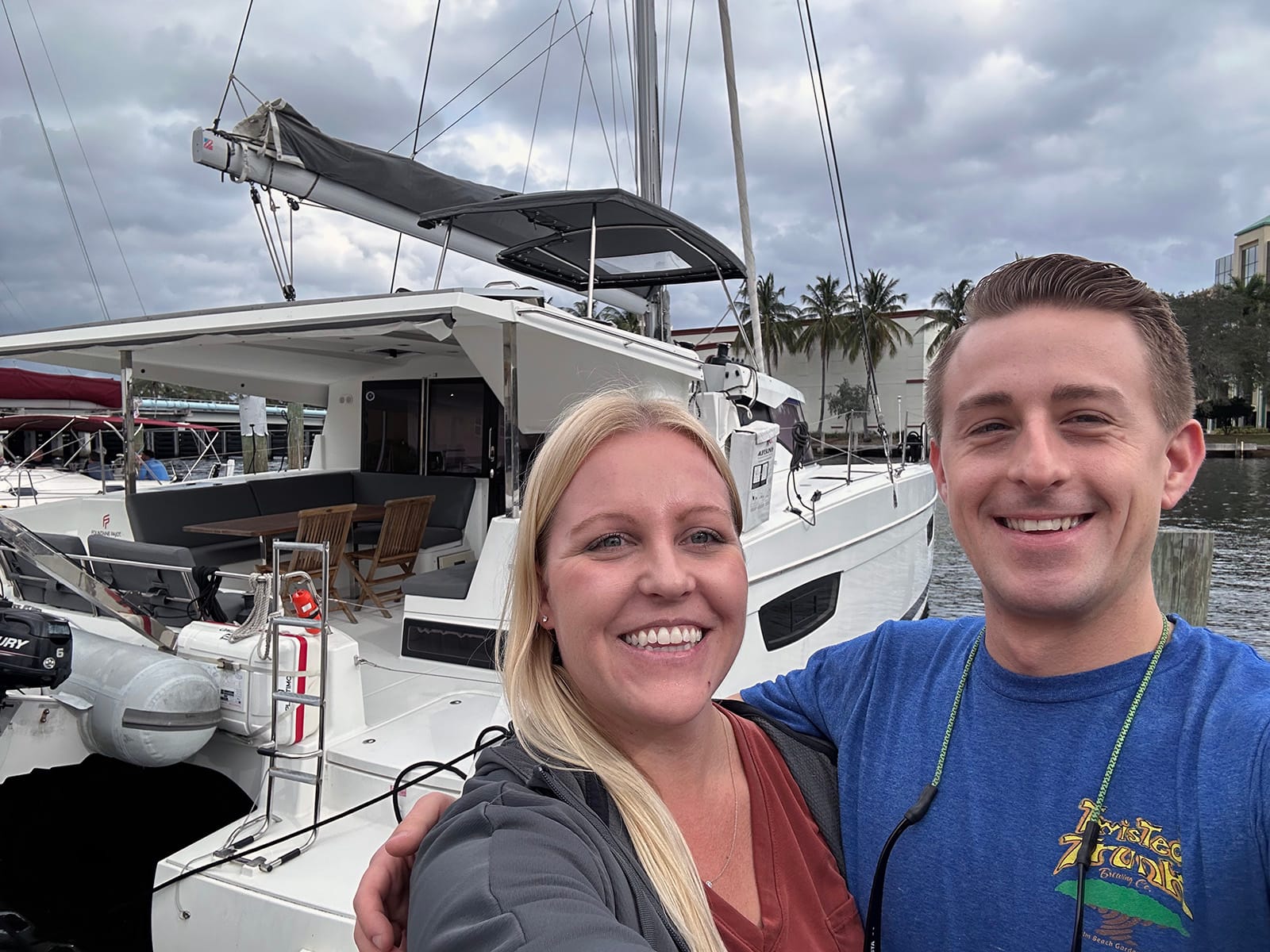
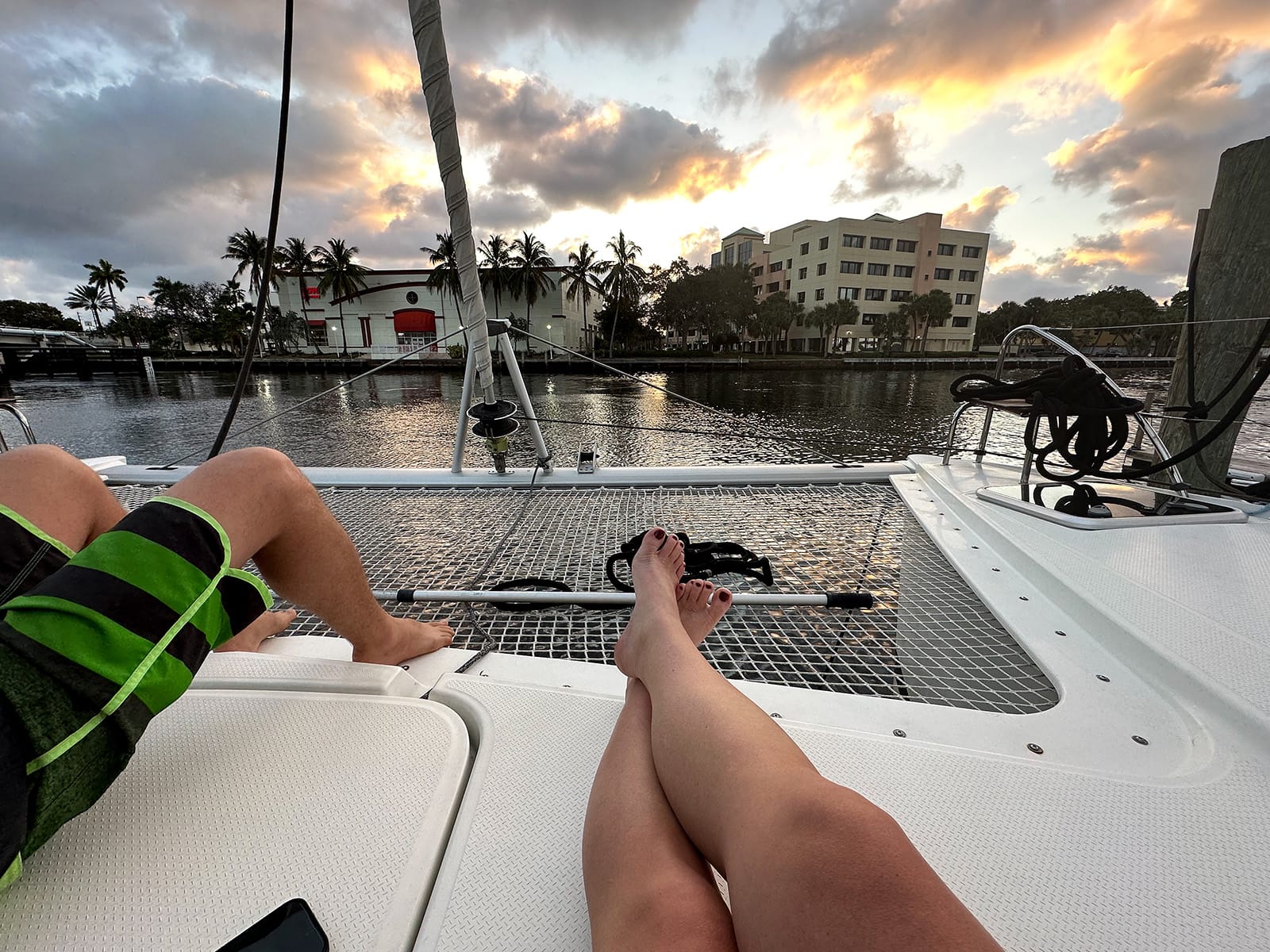
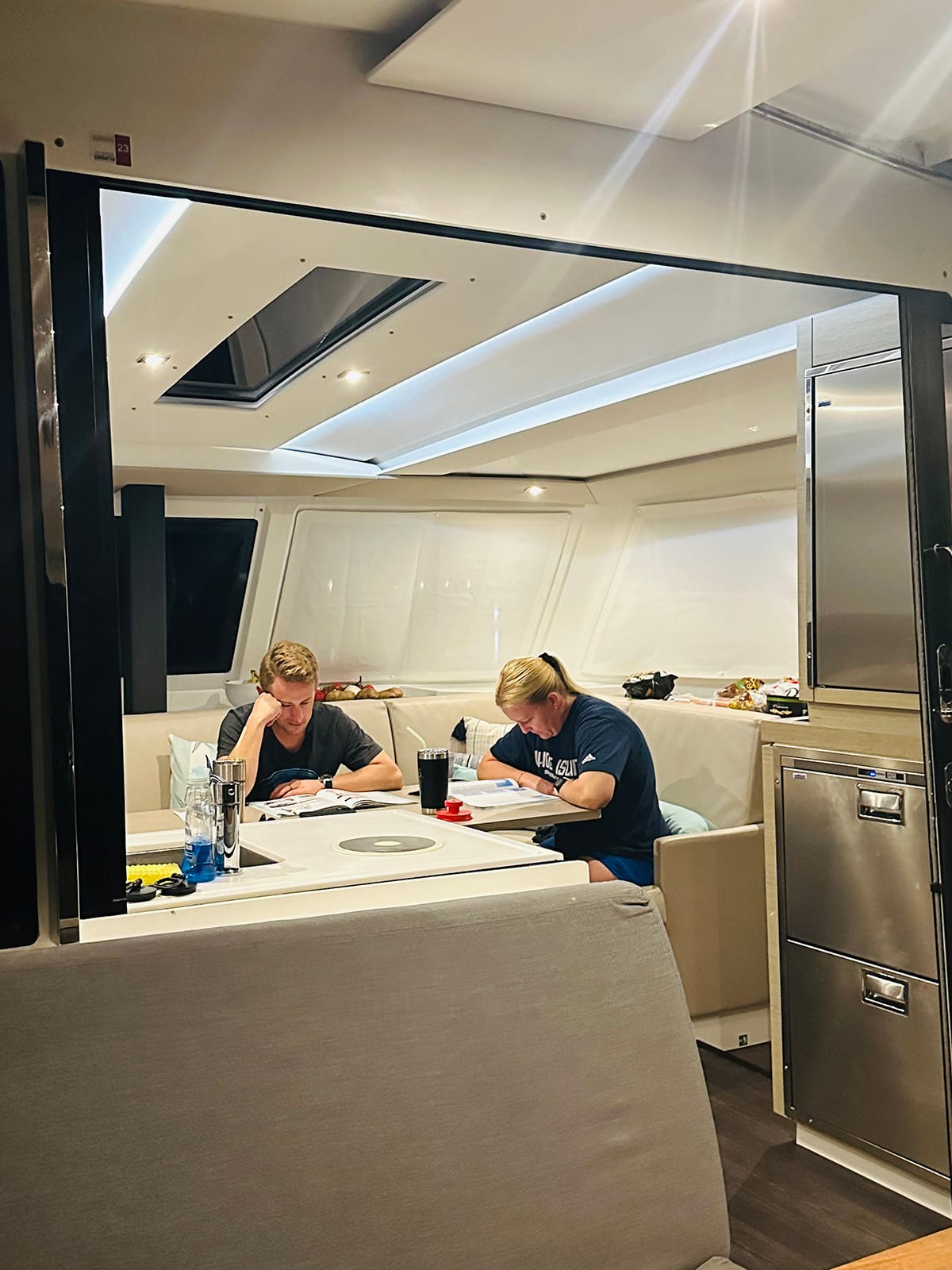
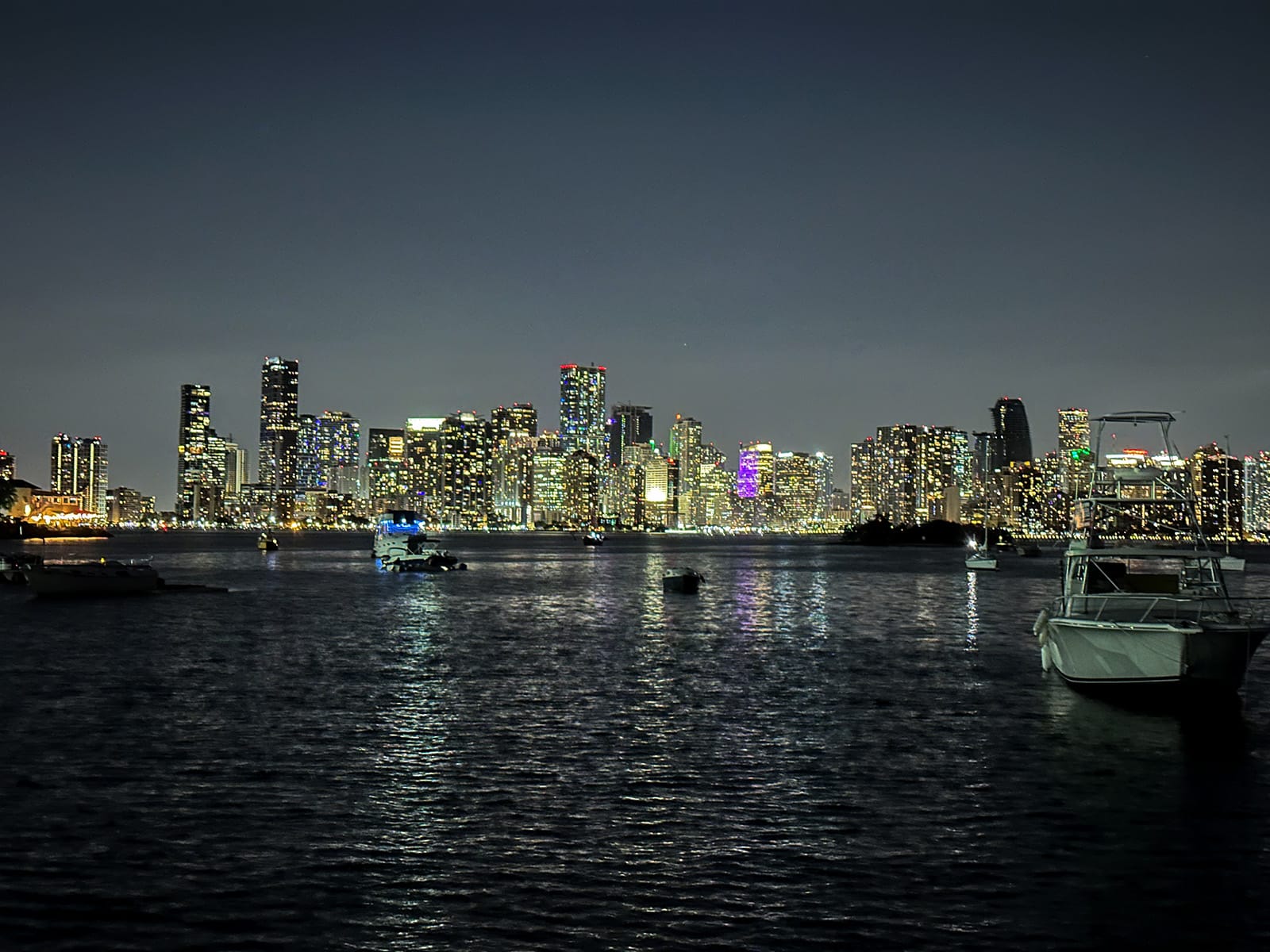

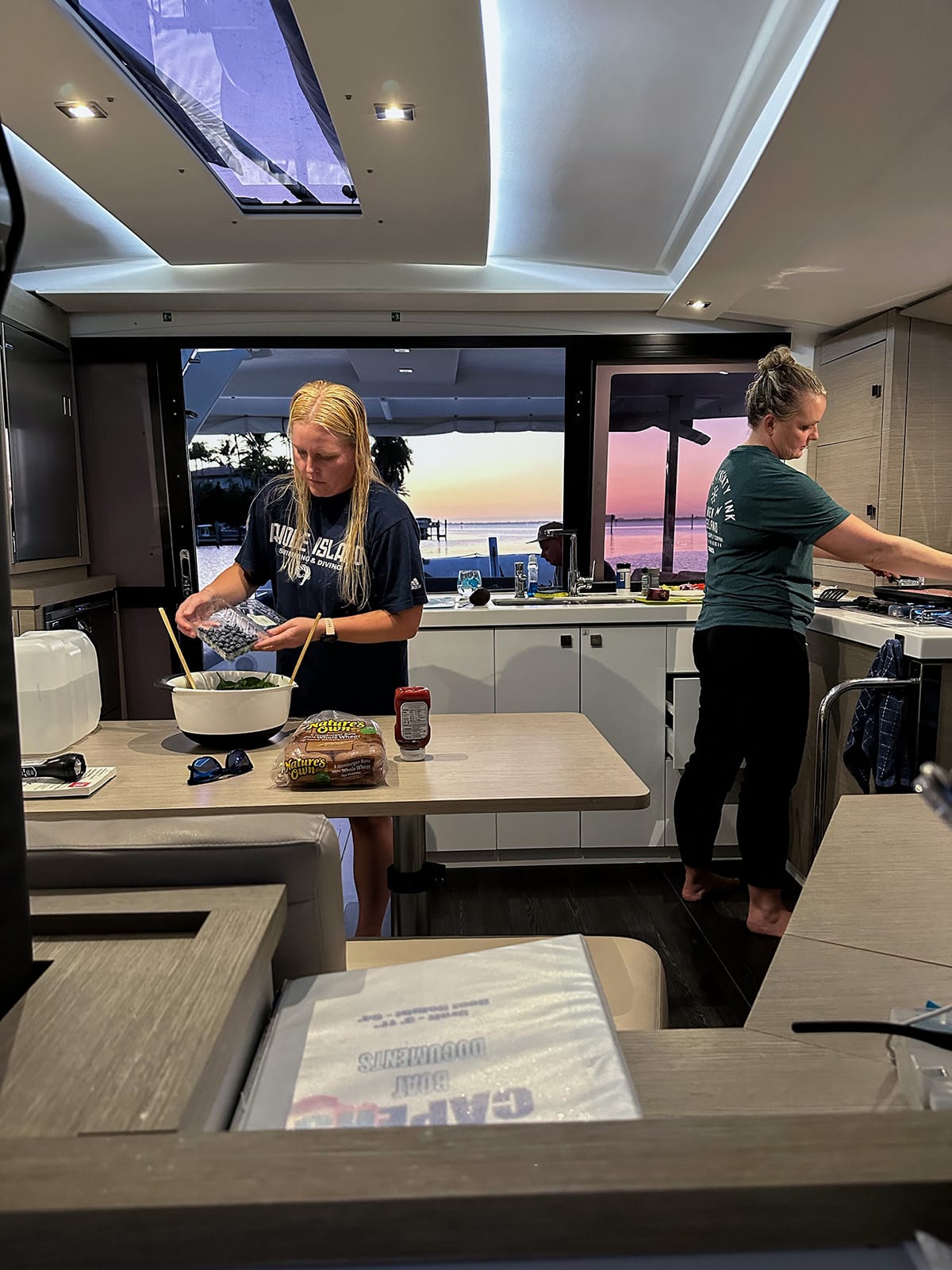
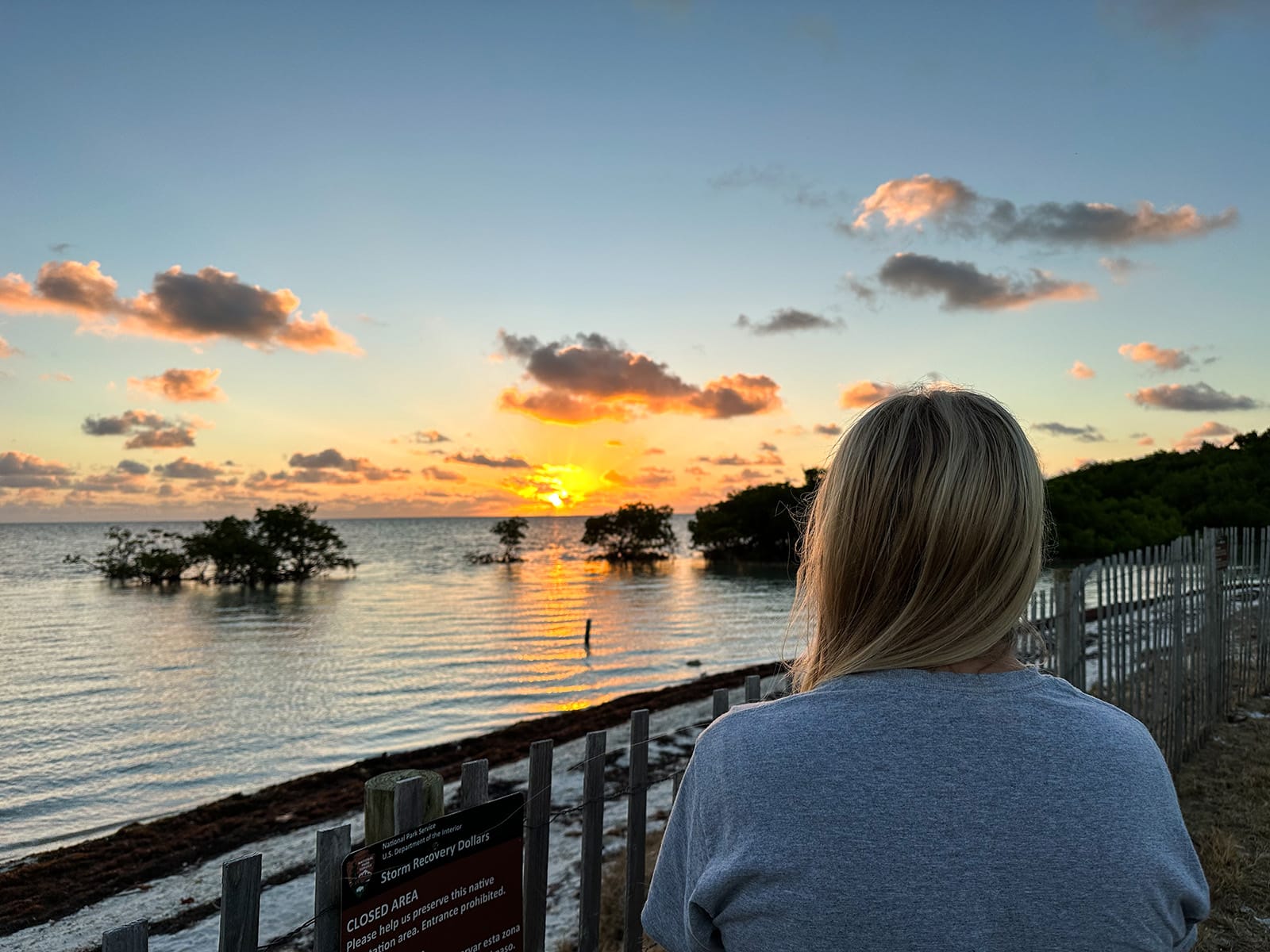
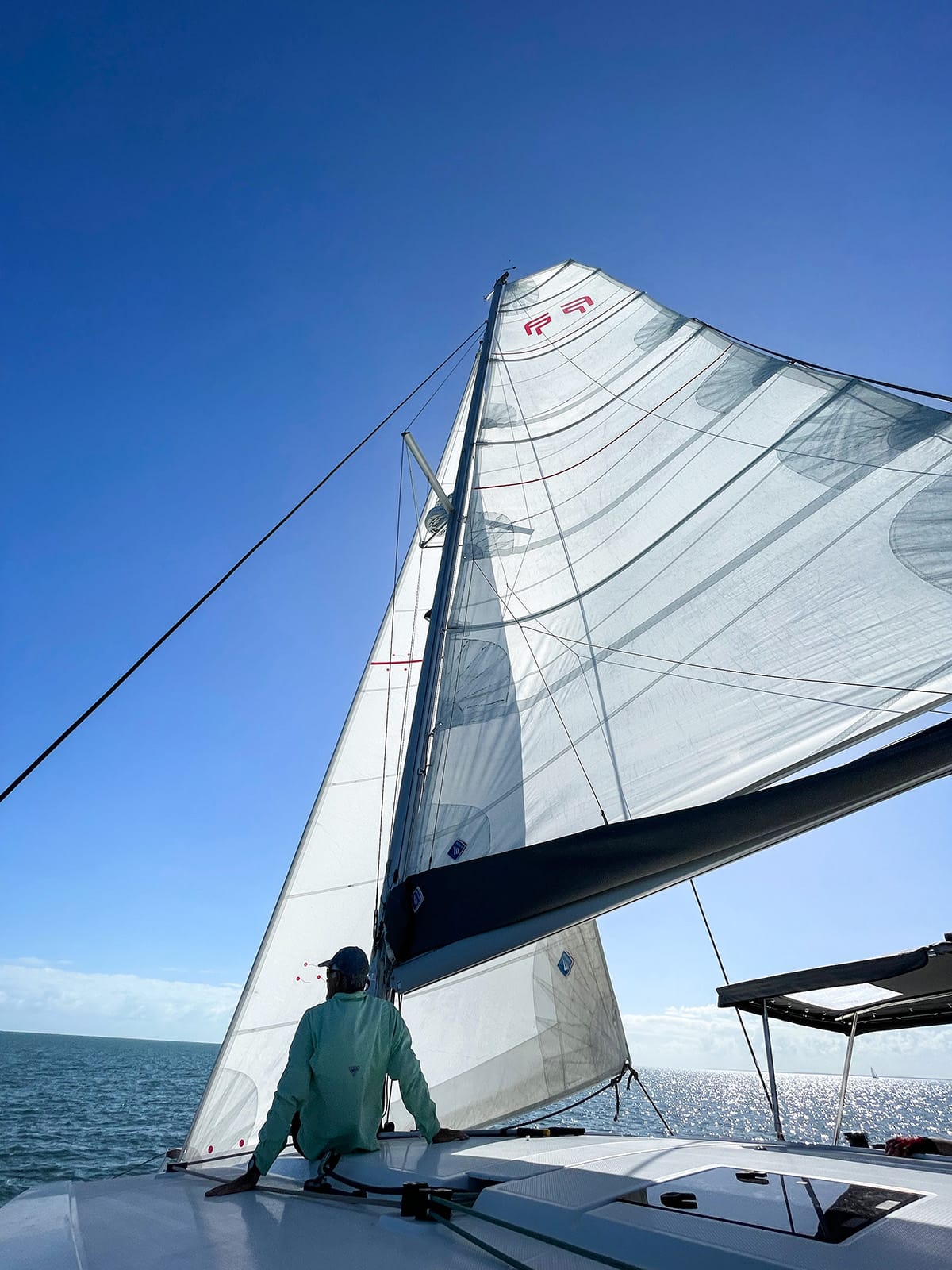
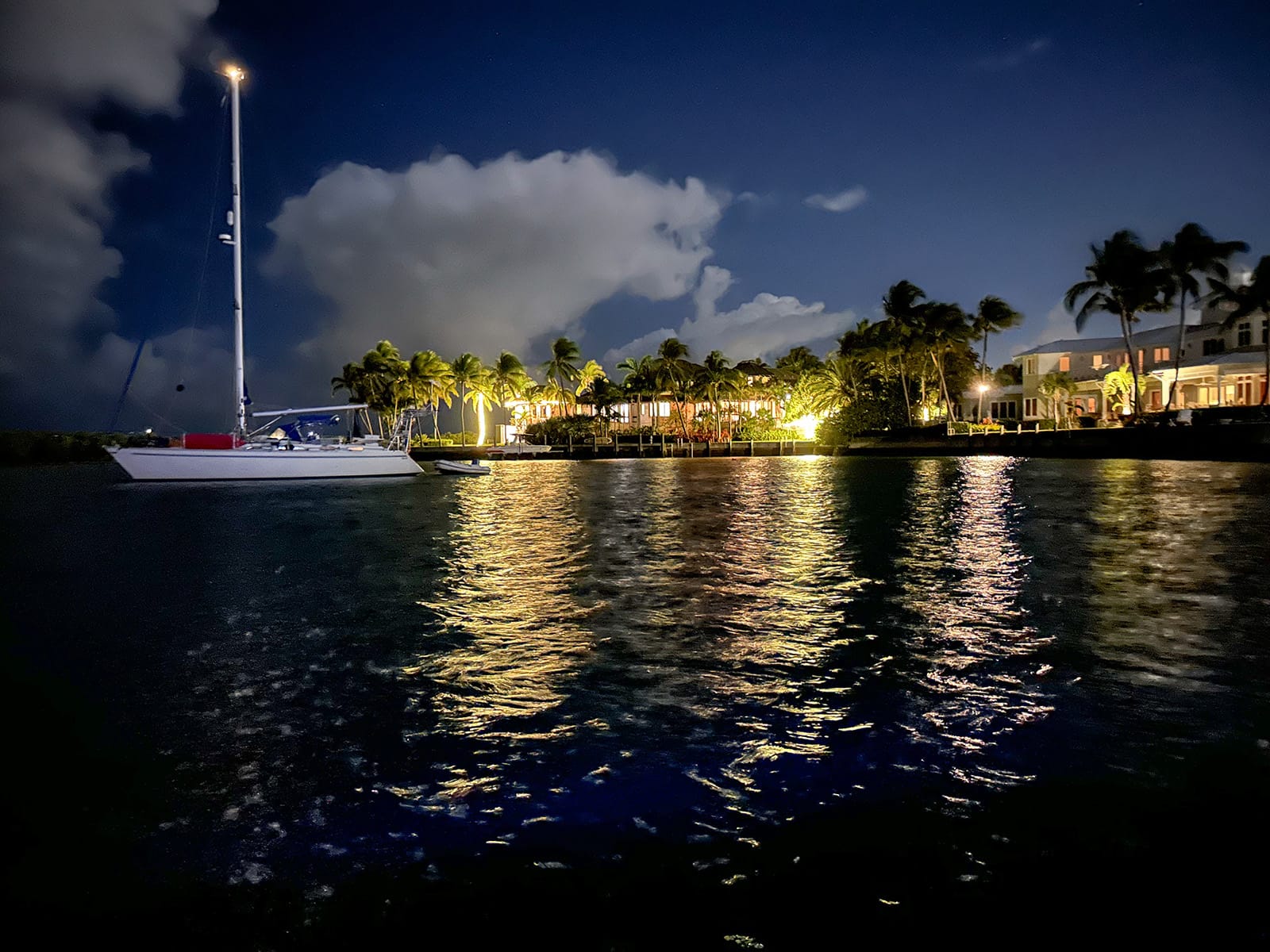
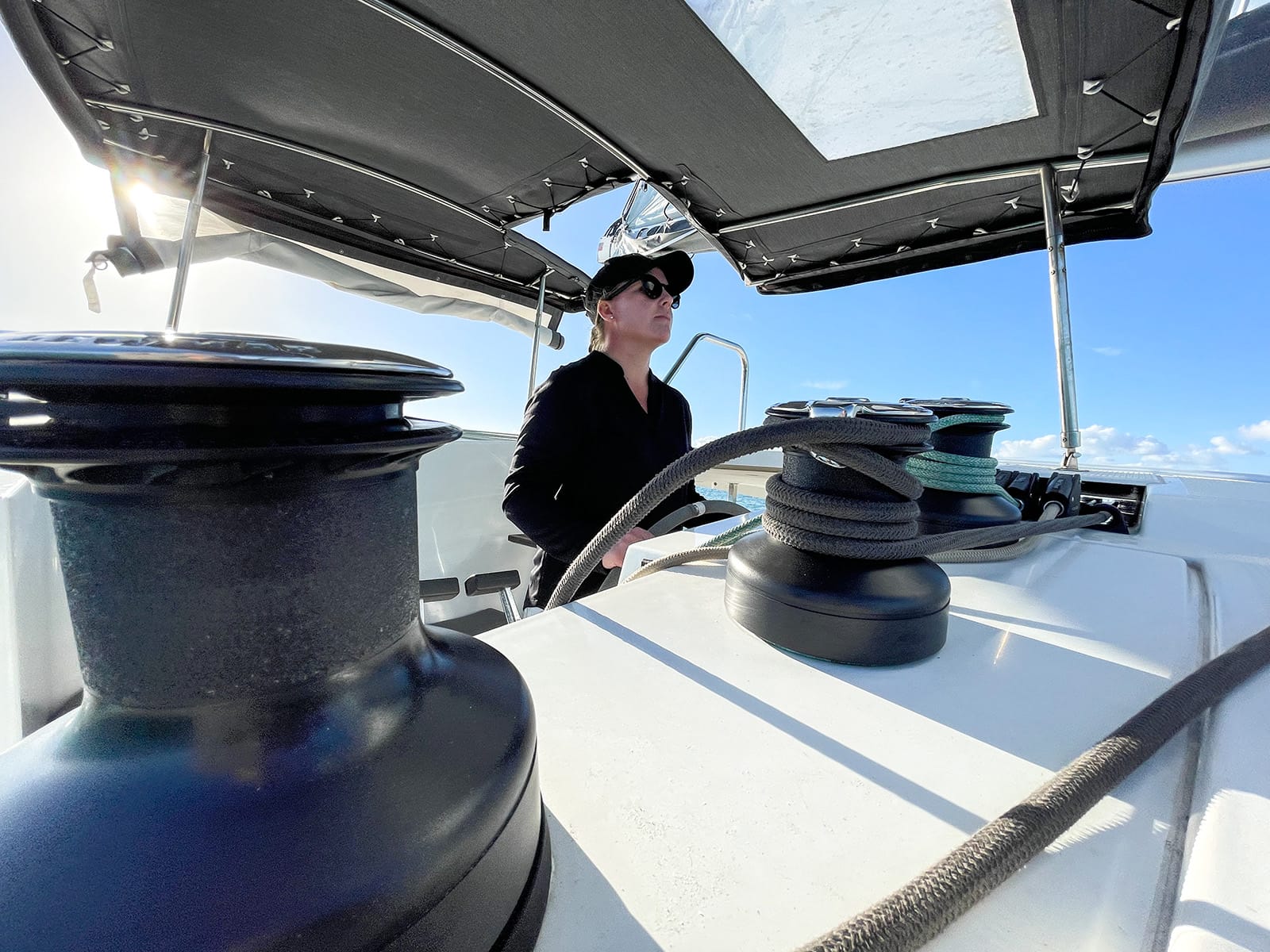
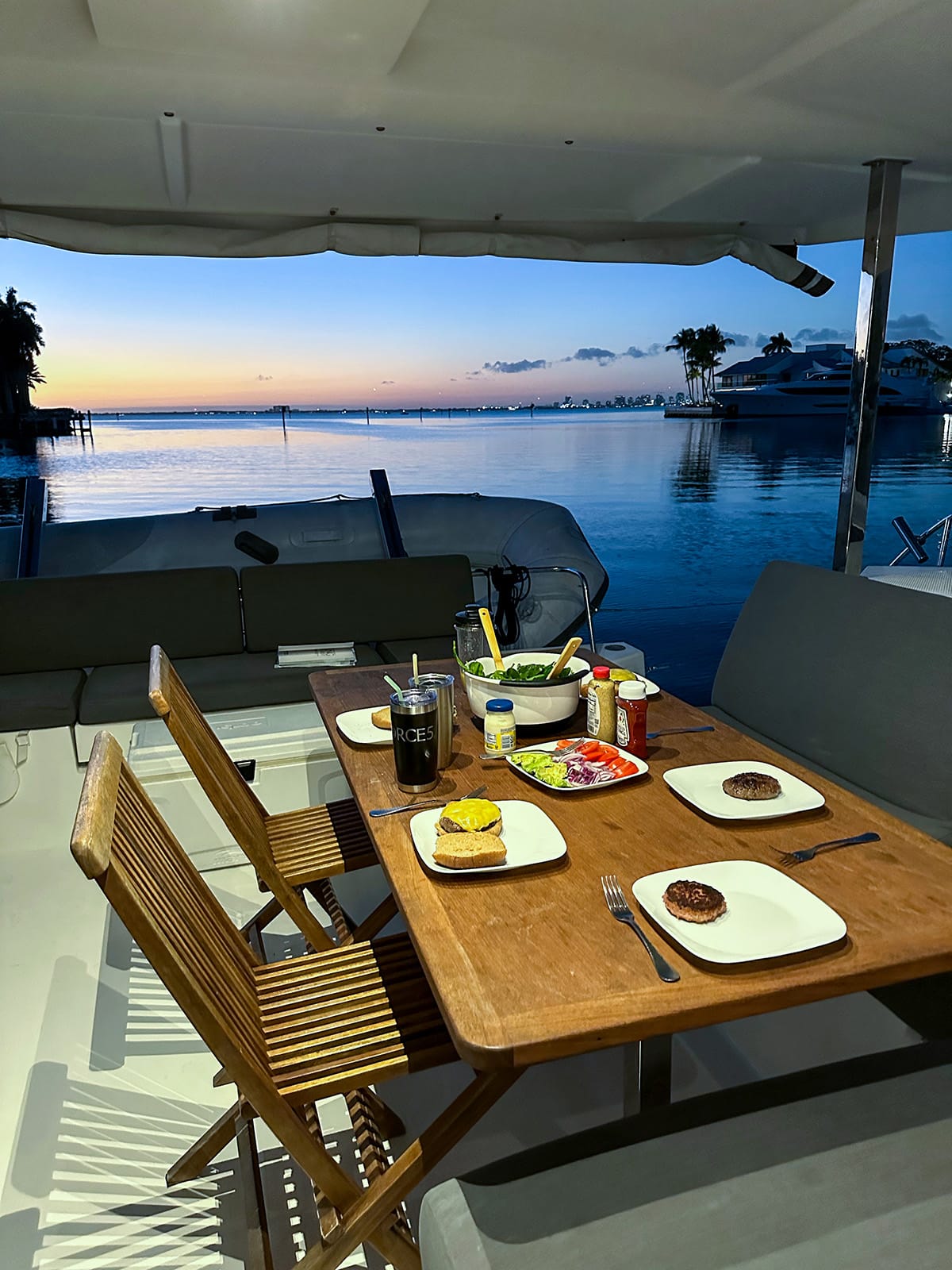
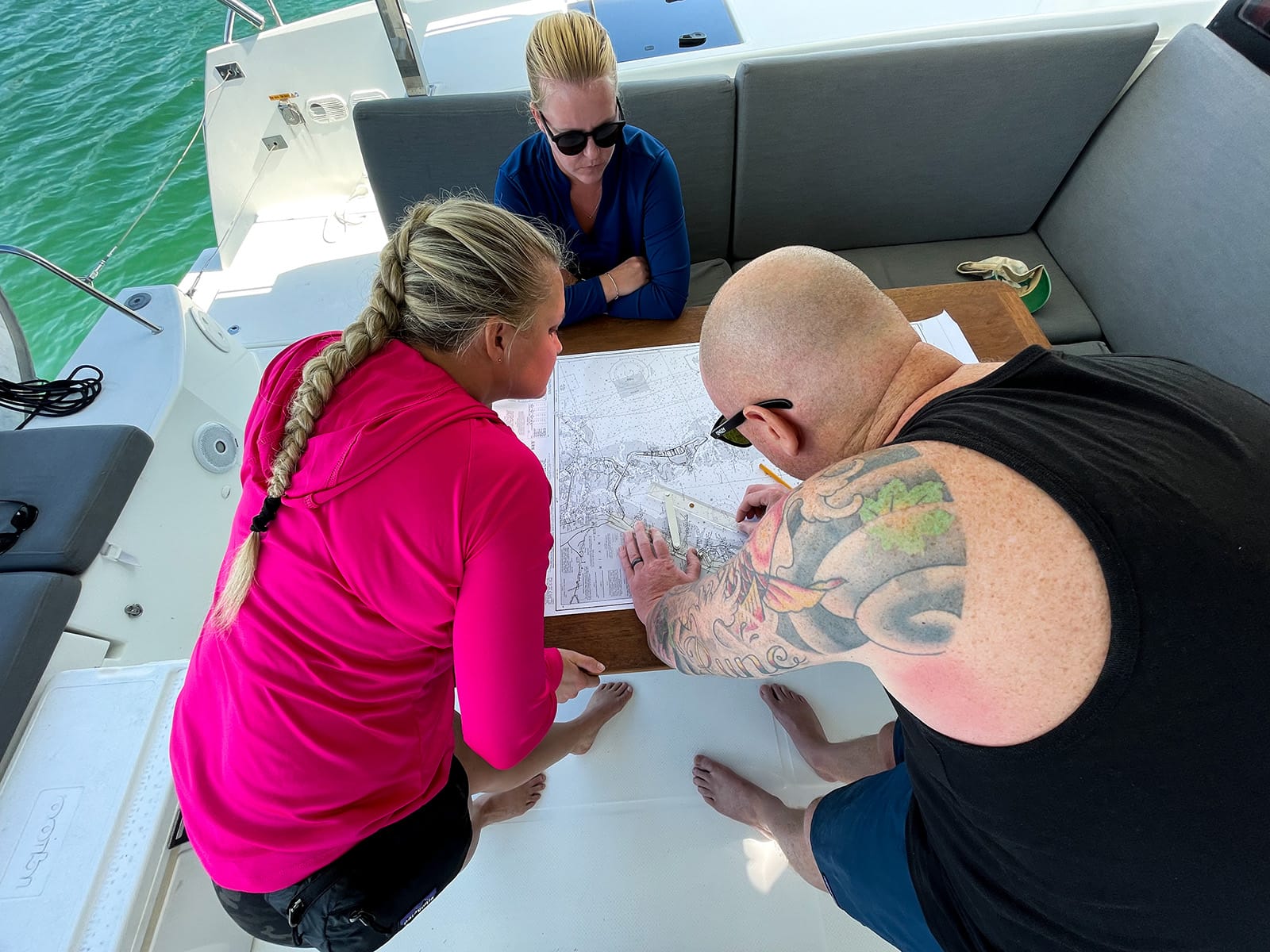
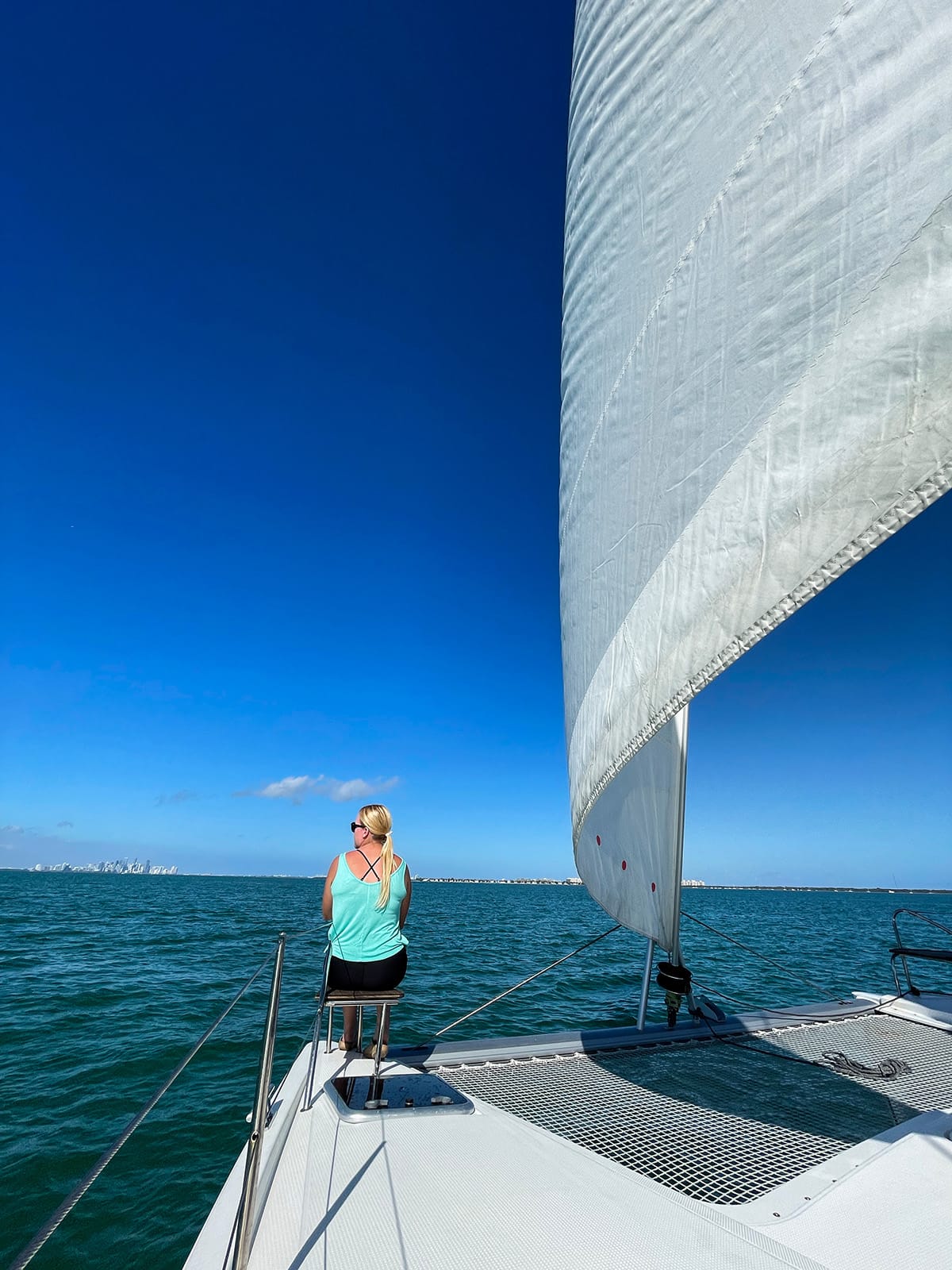
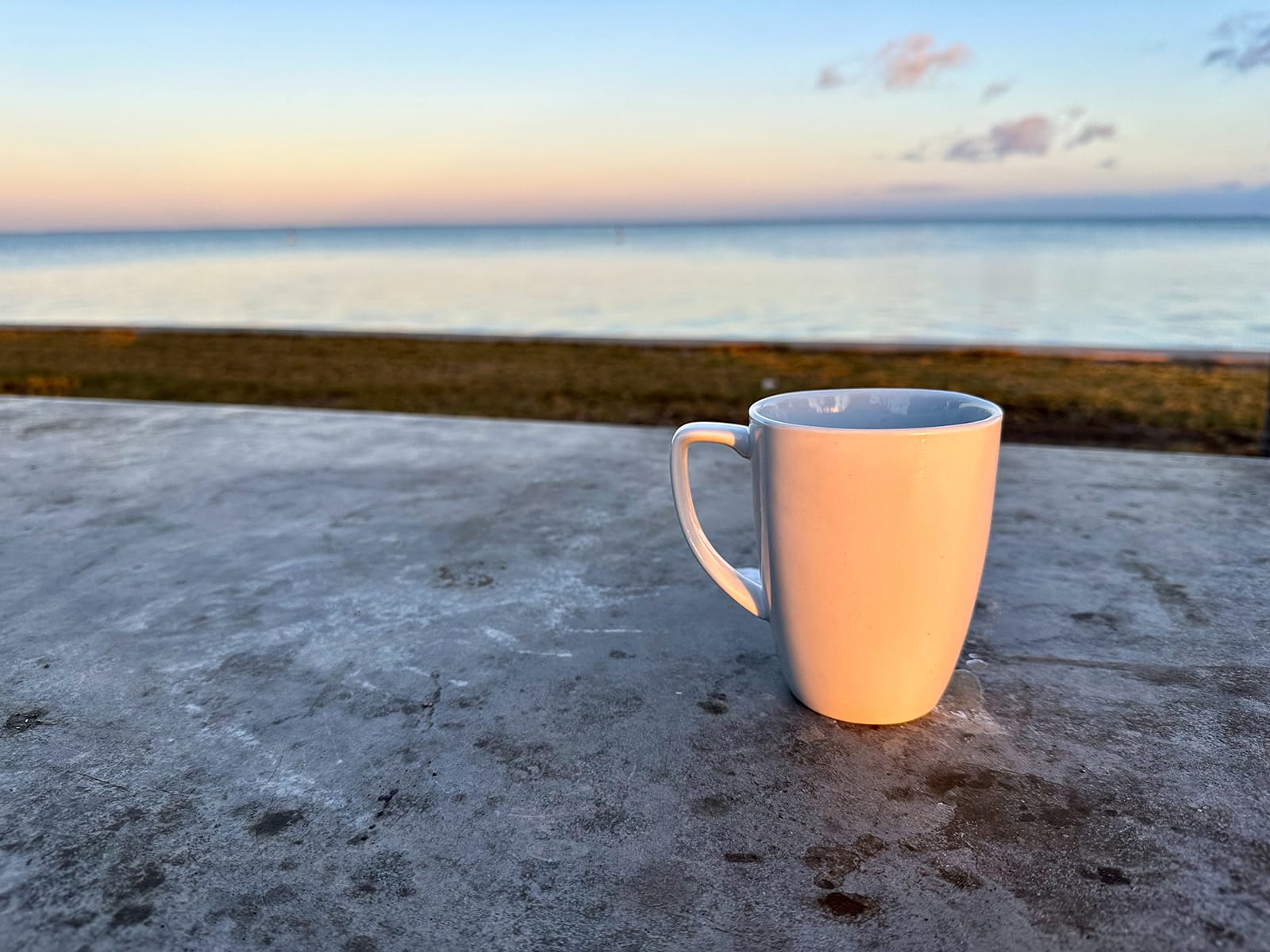
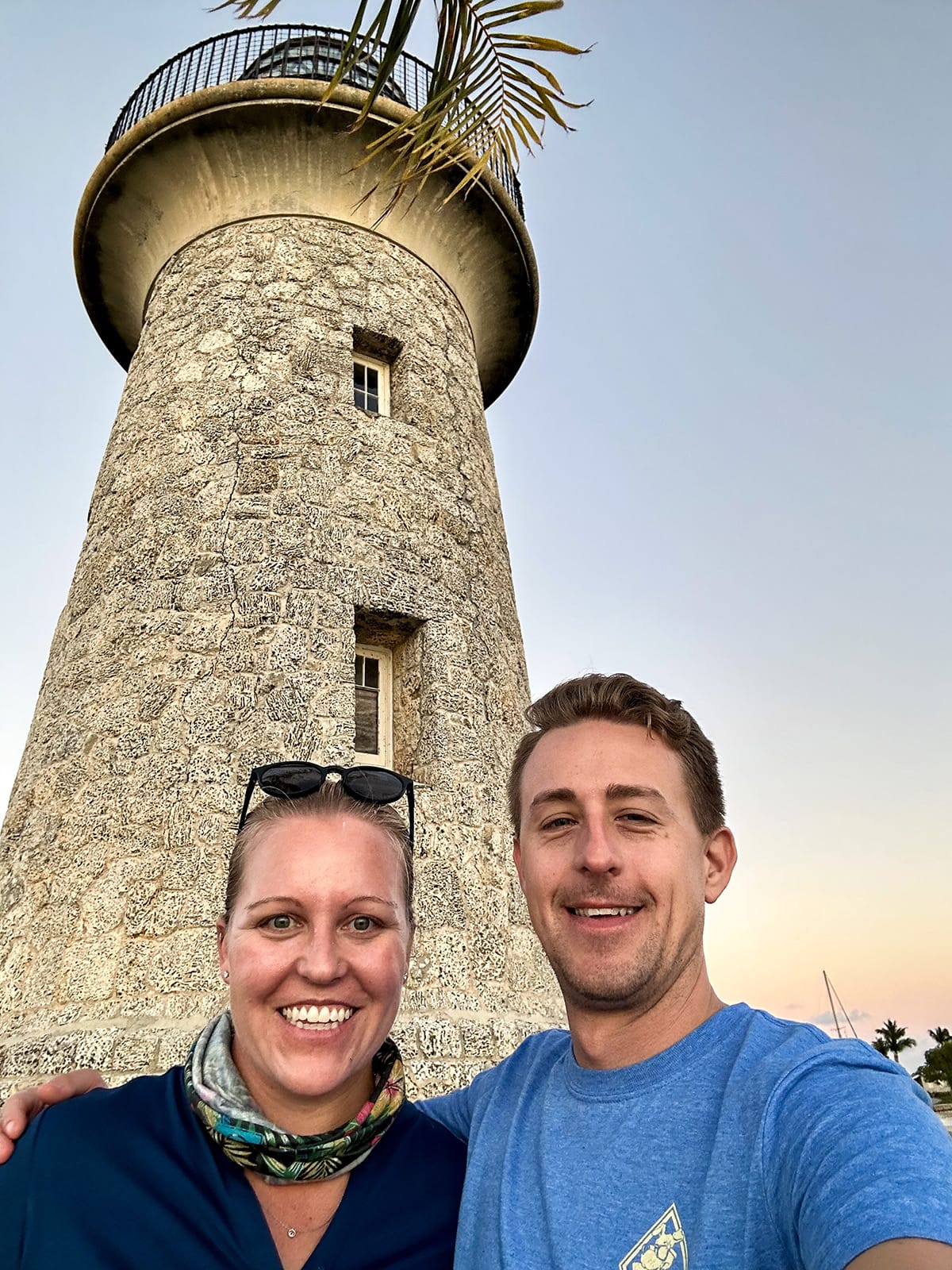
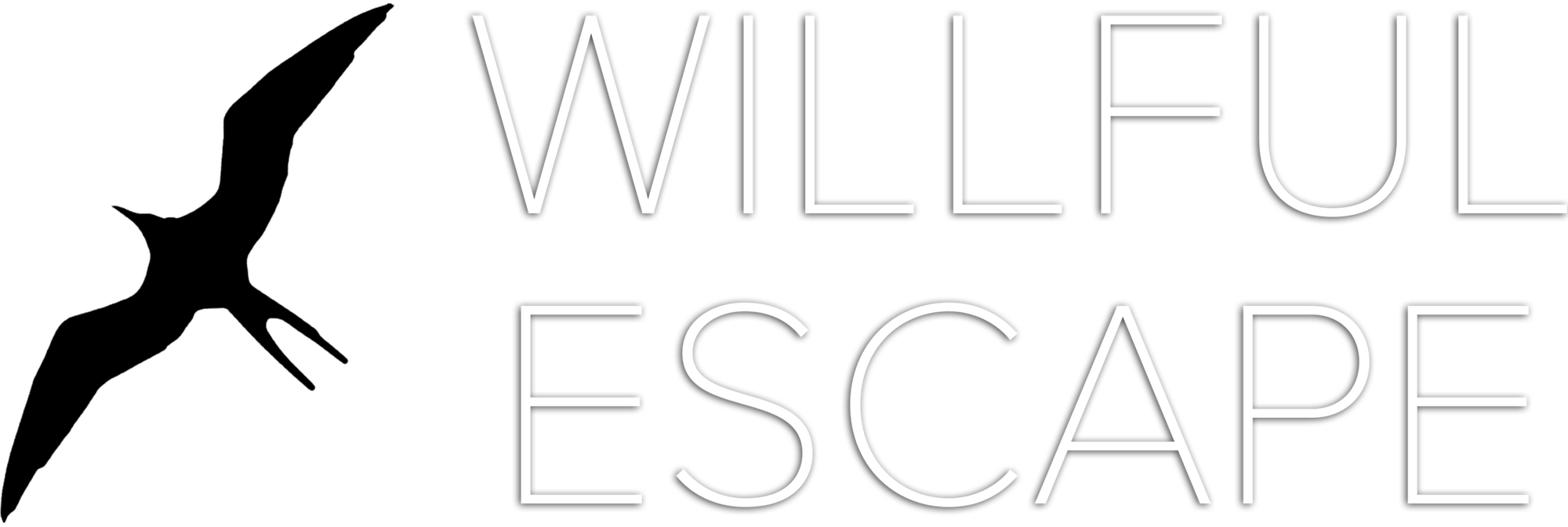
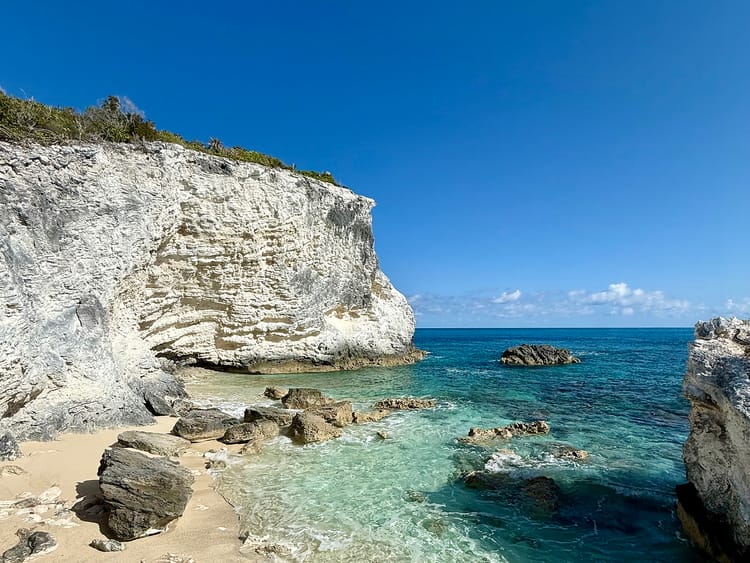
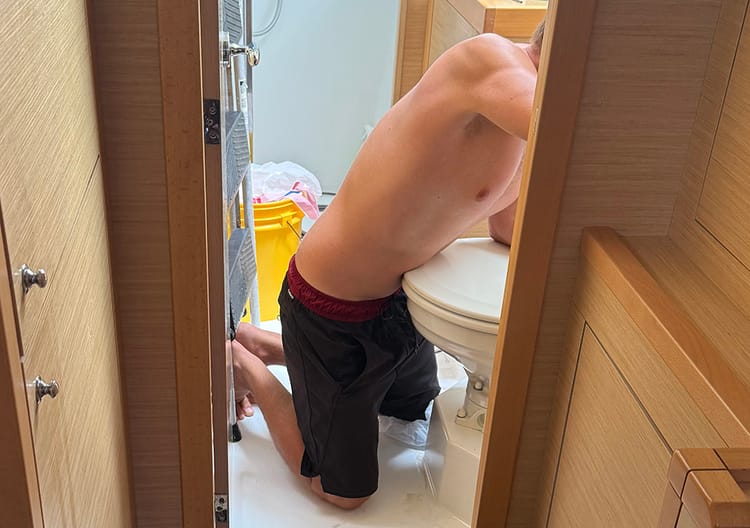
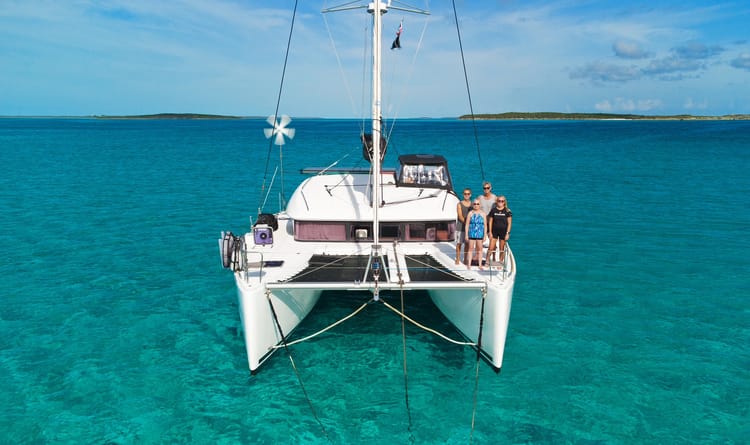
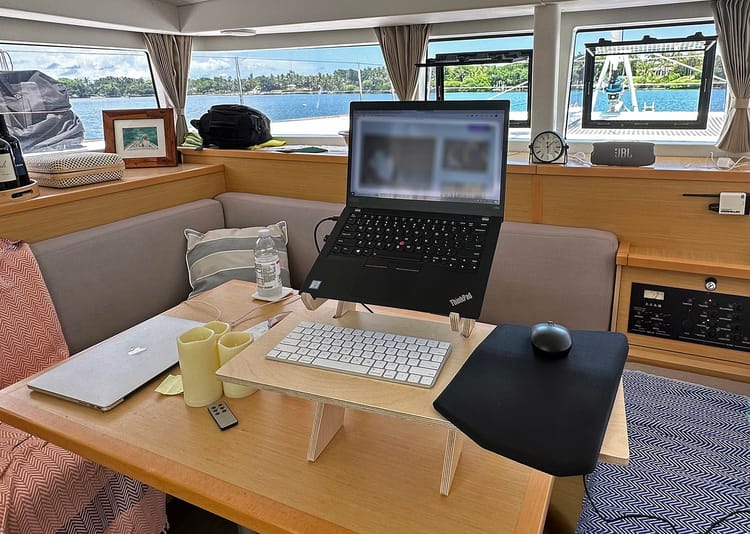
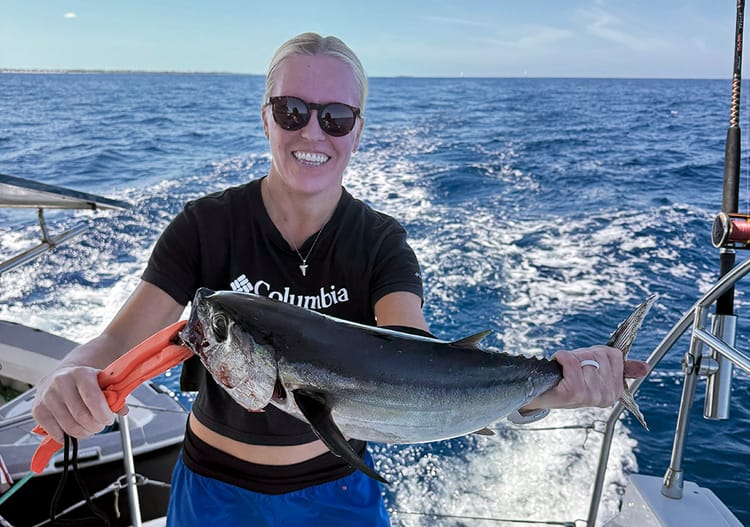
Member discussion